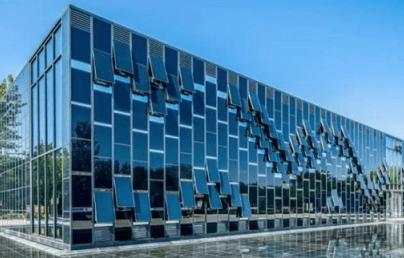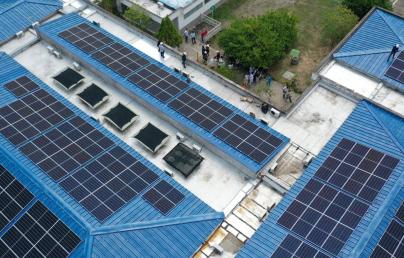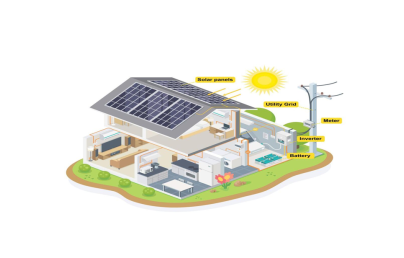
Sustainable building practices and regulations in the US

Sustainable building practices and regulations in the US
The built environment is growing rapidly, with major climate impacts. Some US regulations address this by mandating greenhouse gas disclosures; sustainable practices include US-based certifications like LEED and ENERGY STAR, and are essential for inclusive development in the US.
The built environment is expanding rapidly, with 2.6 trillion square feet of new construction expected globally by 2060. This expansion has major climate implications, as the built environment significantly contributes to greenhouse gas emissions. US regulations, such as California’s SB 253 and SB 261, aim to address these issues by requiring greenhouse gas disclosures and climate risk reporting.
Key sustainable practices involve obtaining certifications like LEED and ENERGY STAR. Following the American Institute of Architects (AIA) Materials Pledge and implementing waste management plans are also essential. Tracking M/WDBE participation fosters diversity, and engaging all stakeholders, including community members and subcontractors, is crucial.
In the US, these practices are vital for sustainable and inclusive development.

